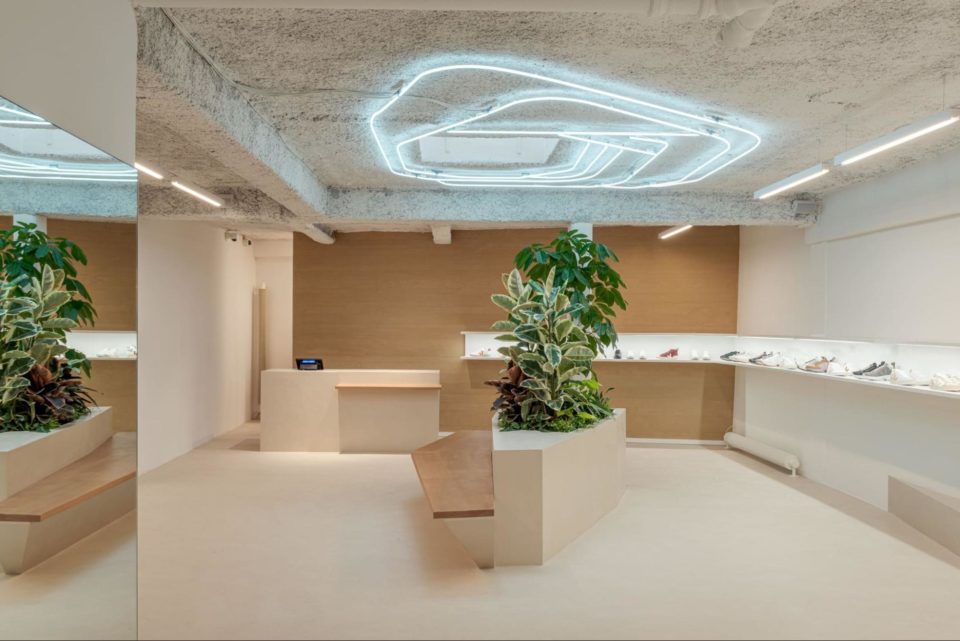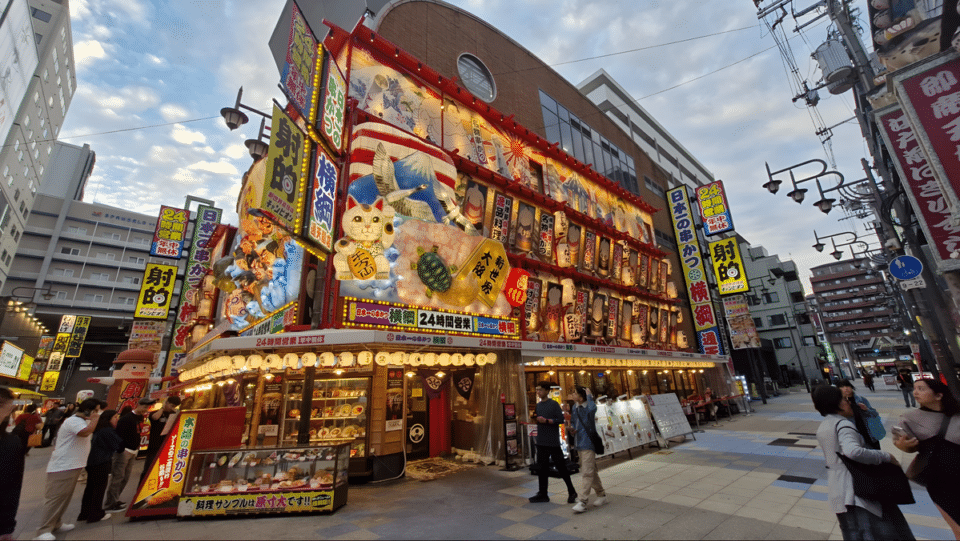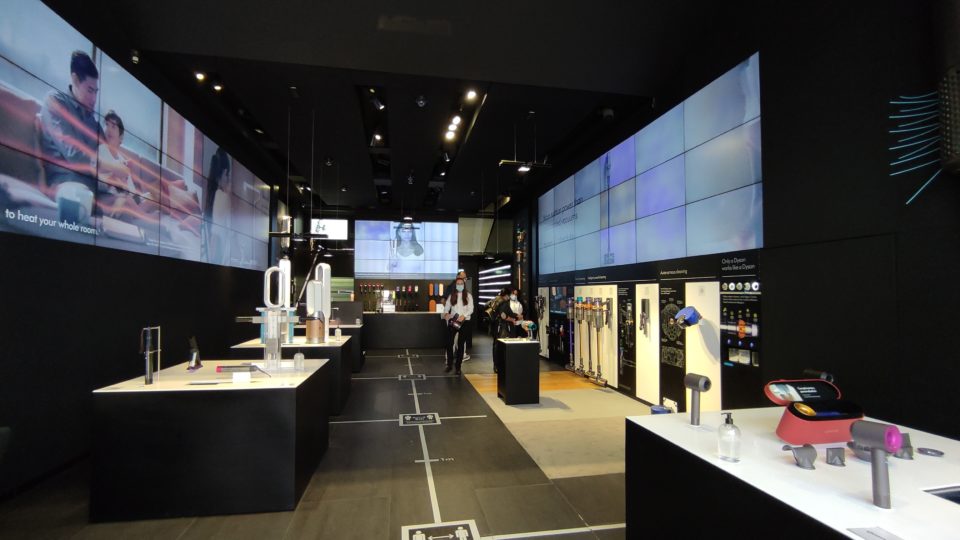What customers really want: Ruth Harrison of ThoughtWorks talks about removing pain points through IT
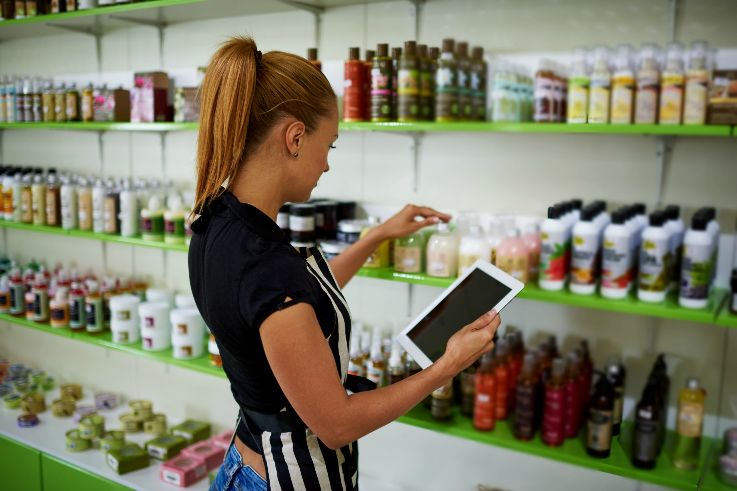

As a software company, ThoughtWorks’ goal is to deliver technology that not only answers its customers’ needs, but also revolutionises IT in industries. Ruth Harrison, Director of Retail Strategy – Europe, explains the importance of insight, personalising the shopping experience, and what forward-thinking retailers should be tackling next.
Can you describe what ThoughtWorks does?
ThoughtWorks is a digital and technology transformation consultancy. As opposed to some other large organisations who generate technology and then implement it within the retail environment, we consult and create bespoke solutions.
Ithink the retail division of ThoughtWorks has a lot of players who come from the retail sector so we understand that domain very well. And I think that helps us add a lot of richness to the technology in the digital applications that we do.
I think that’s a very strong point of difference that we can walk in the door and immediately understand a retailer’s challenges and problems. It doesn’t have to be explained to us. Our strength is being able to look at the strategic plan and evaluate it very quickly, being able to seek apps and have an open ended discussion about those and commit solutions very quickly.
Can you describe your role in one sentence?
I’m a business partner to our retail clients, understanding their needs and shaping solutions that fit their future needs and preferences, leveraging strengths at ThoughtWorks. My role is to navigate that retail landscape

Are there any projects that you’ve worked on that you feel are especially innovative or forward thinking?
We worked on one, which was a business transformation of a legacy retailer who has legacy systems and is repositioning itself to refit for purpose for the future decades to come. That requires a real 360 of everything – its tech architecture, its ways of working, organisational change.
Then we have some very light touch projects where we’re working with retailers on enhancing the customer journey. One key retailer recognised it needs to be able to facilitate taking vouchers, taking coupons, taking gift cards etc. online because that’s people’s first port of call. They get gift cards they want to be able to utilise them and to be pointed to physical store at a time when you’re actually using all of the digital devices is not a good customer journey. So we are looking and working with retailers on really enhancing and making the customer experience seamless as possible. Now that sometimes isn’t quite as visible out there in the marketplace, nor should it be. It should just be when you go to a retailer website,it’s just a great experience and that means we’ve done our job properly.
There’s some brilliant tech innovation going on in Australia, including Target. In order to engage a younger audience, they’ve digitalised their customer experience by developing an app that allows customers to start curating and scanning barcodes but not necessarily in Target stores. So you can start building up this kind of social connectivity.
We’re seeing a lot of discussions about personalisation and that’s great, but to be able to put all that capability to empower the consumer is not necessarily what we’re seeing. Another transformational project we did in Australia is with Domino’s Pizza, where customers could create their own pizza, promote it on social media, and benefit from the sales. That type of innovation, that type of digital transformation changes business and is leveraging and not fighting to let the customers lead the way and we’re not seeing retailers in Europe doing that yet.
Where do you think the US, UK and Australia are in terms of innovation?
I think Australia is further ahead in innovative business transformations, naturally changing the business model and its training. That could be consequences of it not being quite as mature a market for pivoting and making that transition. I think in the US we’re seeing where they are ahead is not necessarily highly visible to the consumer yet and that’s because a lot of the retailers are working on re-platforming –they’ve come through a downturn in global economy,they’ve got architecture that is slowing them down, it’s not allowing them to be agile and put in the innovation that they want and therefore they are having to do re-platforming.
There’s a real quantum change in the attitude that big organisations are looking in many instances to get rid of some of their big labyrinth of architecture and decommission some of the systems that are no longer adding value and moving to micro services model. When they’ve got that in place, that leaves them in a much more agile place to start innovating very quickly. The problem that we were seeing is retailers couldn’t innovate very quickly because they were having to add innovation to really old architecture.
I think the US is in a better position to accelerate their transition of platforms. I think the UK because of their operating model, working across Europe and working internationally have had to maybe take a little bit more time to get to that position for change.
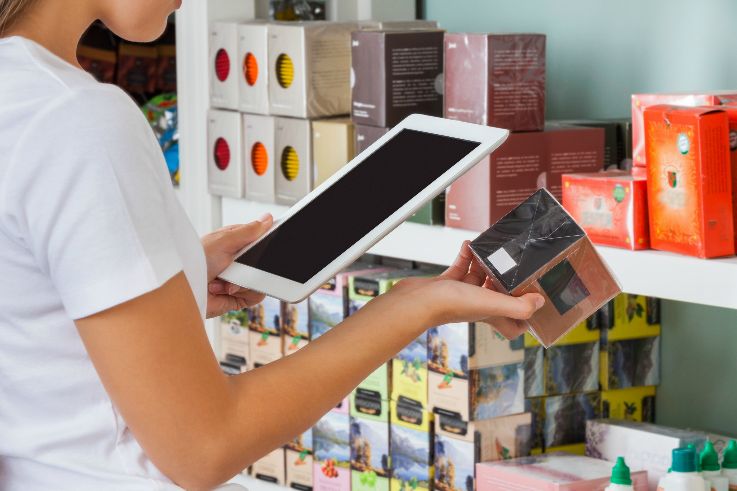
Once the internal side is sorted out do you think retailers will be open to more innovation?
Absolutely. A great example of that is we know retailers’ next priority will be looking at unified inventory and seeing where their stock is in the value chain and at the moment many can’t do that. Retailers are certainly spending a lot of time behind the scenes making sure that that’s visible, that they can identify where stock is. They can tell you when you go into their website they have stock in whichever branch. If you can identify where it is then the next thing the customer is looking for is: “OK if it’s in my local branch, can you get it delivered to me in less than hour?” and that’s where retailers need to go because that’s becoming a consumer expectation.
Amazon are now pre-empting what you’re next going to be looking for, and making sure that’s literally within a blink of you browsing. So they are very cleverly doing that and then all sorts of predictive analytics in their warehouses to make sure the last mile is as faster and convenient for you as possible.
What we tend to see is retailers are not necessarily doing things in the right order, and you know it’s great to have that functionality but it won’t give a great experience if the platform isn’t there to support it and the delivery capability isn’t there to get it to the customer quickly.
When do you think re-platforming is going to hit the mainstream?
We’re seeing that now. I think we will see mainstream catching up next –we’ve seen the leaders who are already putting in unified inventory and enabling customers to shop and they going to be stealing market share and then we’re always going tobe ahead of the ones who still haven’t even perhaps enabled omnichannel in its basic form.
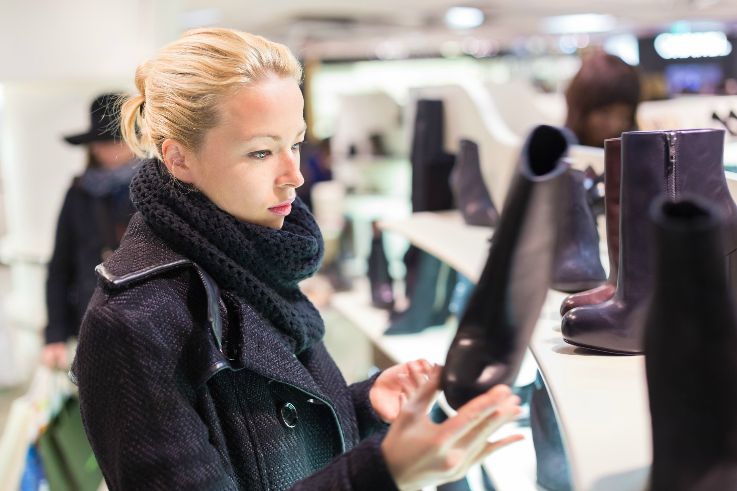
Is there anything else that you think is on the agenda of the most innovative retailers?
Once those who’ve got their platforms in place and are big enough to continue adding innovation I think they will be doing that at a rapid pace. I think they’re going to be running two things in tandem, they’re going to be running a seamless customer experience and that’s going to be very fluid. Consumers are going to be able to go on to a retailer’s website and have the choice of either fulfilment from store or to go and collect from store and actually have it there and reserved for you when you walk through the door. Certainly we’re working on projects with key retailers to make that experience a reality.
I think we’re going to continue seeing a lot of personalisation, but more transitioning from just personalisation to actual empowerment, and customers having much more control over brands and how they do business and that’s when they require business transformations. Entrusting the customer to direct and control that, engaging new demographics.
How far do you think personalisation will go?
I think it’s even going to go down as far as actual product design.I think the luxury sector is one area that can possibly benefit from that move greatly. I think your large volume retailers are quite challenged in actually influencing personal design, particularly with fast fashion and large volumes. If you consider luxury to have a slightly different lead time and slightly fewer products at a higher value, the ability to actually enable customers to determine and influence product is quite significant. It’s something that gives luxury that point of difference that they have been seeking in this kind of omnichannel environment. So I anticipate that’s going to happen and be part of luxury for a long time, they’ve always had exclusivity and fewer items and limited runs, and limited editions. I think that’s just a natural evolution that the digital world will facilitate.
Do you think there’s going to be some major changes to make personalisation more sophisticated?
I think the retailers that are trying to use augmented reality and virtual reality could facilitate and deliver that in quite a cool way. I think there are two things here, for some retailers that use those digital solutions it’s been quite gimmicky and it often hasn’t worked. Some retailers are waiting for those particular digital solutions to be very fluid, very experiential. I think one of the brands that is doing it quite well is TOMS, the social giving brand. They’re allowing customers in the retail environment to use virtual reality to see the benefits that their product purchases are making and that’s quite cool.
What about the idea that you can walk in the store and staff can suggest things to you based on your previous purchases?
There’s two things now – “The Minority Report” retail experience is not that far away and in some instances it does already exist. Also, for the last two decades retailers have been globalising through a variety of different business models, franchise, wholesales, license agreement etc. And you lose the ability to be able to offer that to the customer when you don’t own your value chain. So some brands have been buying back markets to actually own the customer’s experience in a much more significant way.
I think the brands and businesses that would be able to deliver that will probably be the luxury sector because it will be able to consolidate all that in real time. You can probablydo that in a luxury environment in a much easier way than mainstream. It’s probably not something that’s close enough to us right now because the virtual reality world and the predictive analytics that we require, our retailers are just not ready for it yet. They’re still getting their platforms in place.
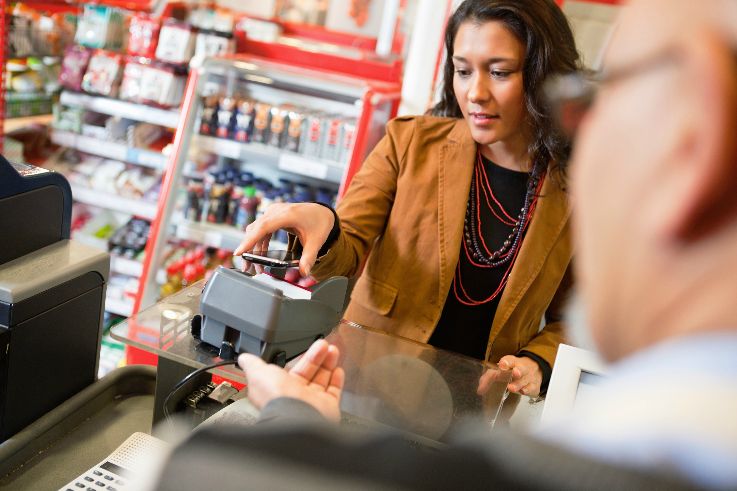
What do you think will be happening in the retail experience space by 2020?
people and help incentivise the purchase, but actually it needs to enhance the purchase experience and not incentivise. So I think we are going to see customers in the retailer’s environment being able to do things and interact a lot more within social media, being able to pick clothes and look at garments, and be able to get messages from that.There are already some smart hangers out there that can tell you how many likes certain items have had on Facebook. All these things are quite compelling and enrich the customer experience. I think we’re going to see a lot more of that but that requires retailers to be investing very heavily in the retail environment. And again it goes back to having the platforms in place to be able to pick up this kind of information.
I think that type of facilitation is going to improve at an accelerated rate and it is going back to personalisation. So the idea that a retailer can identify you when you walk in the door – that capability is already there, but at the moment all it is doing is identifying that you’ve done some previous browsing and maybe keying a coupon into your smartphone wallet. That is no longer enough because if the customer was motivated by price they would just continue browsing online to find the same item at a cheaper price. What they are looking for in the physical environment is actually a great experience. And that really needs to be digitalised in the in-store experience.
Those retailers that are cleverly using digital to enhance the customer experience as opposed to being a shiny gimmick – we still see a lot of shiny gimmicks, but it’s not joined up. Customers still have to go up the cash desk to say “do you have this in my size?”The customer should be able to self-fulfil and even scan a barcode to be able to be told how many is in stock when she’s shopping on her lunch hour and that’s not her regular store. Maybe she wants to go shopping with friends on Saturday and she wants to able to see does her local branch have the item and can I go with my girlfriend on Saturday and try it on when they’re there and have a great experience. That’s the point of empowerment which we are all talking about. Allowing customers to be able to look up, have information, and have it at their fingertips. Maybe do all of their shopping and have it delivered. All of this is available to customers, but it’s not available in a seamless way. You can’t do it with a degree of ease and that’s a shame.
NextI think we’re going to see self-checkout as well. I think we’re going to see a lot more of that with smart payment and Apple Pay etc. The days of standing in a really long queue, which if you take a look at all the pain points in the current retail experience, needs to be taken away.I think we’re going to see a lot more of that transition as well, big cash desks moving away, no long queues in stores. A lot of that queueing is somebody just waiting to ask “do you have this in my size?”
When we talk to retail store designers, the exciting ones are the ones who have this type of conversation, as opposed to ones who aesthetically design a pretty store, but it is the same continuous functionality that goes into it. We need to actually be looking at what are the pain points of a shopping experience, and there’ll be a minimum of ten. If you could take that 10 and reduce it to 2 or 3, then you’re already improving the customer retail experience and then you could be adding in some enhancements which make it quite fun.
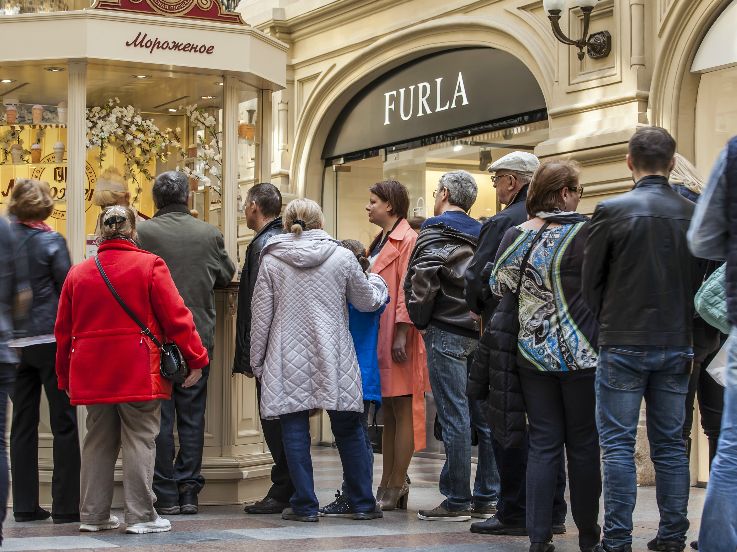
Do youthink it’s more effective to remove pain points rather than enhance the experience? If you had a new retailer come to you what would you advise?
We would do a session to identify the pain points,and either remove or replace them because they’re not necessary. But then also make sure those solutions that went in place added value. You can only do that by testing and asking the customer what they want. As retailers are still caught a little bit off-guard in determining what customers want and giving them what they want when they don’t know they want it yet. If you really want to enhance the customer experience, you have to ask the customer what it is they want and that’s ever-changing. Sometimes when you find what they want, it’s the simple things. All the successful retailers are the ones that are doing simplicity best.
How do you connect with retailers to find out what customers do want?
We often do a series of workshops, but they’re really kind of fast-paced speed dates. We set up in the retailer environment as there’s no better way to find out what a customer’s pain points are then actually being in that retail environment. Customers are very detailed about what they’re looking for and what’s frustrating them and actually what they like. They can be very forthcoming about it and I think that you can’t do that if you are just sitting there behind closed doors or doing a questionnaire. You have to be on the ground and that’s the difference at ThoughtWorks, we do a lot of work on the ground, in the retail environment, talking to the customers first hand and getting the truth and understanding firmly held believes versus reality.

When it comes to omnichannel what are the 20% of actions retailers need to take to get 80% results?
Too many retailers think of omnichannel as “we’ve got stores and we’ve got a website” and that it runs in tandem. Look at it more holistically, look at it how the customer looks at it. To them it’s a single channel of retail shopping and the need to be able to cross from one to the other very fluidly. Once that’s delivered, then you can start adding on richness and further enhancements and personalisation and all of the additional value that helps accelerate retail. Until you’ve viewed it from the customer’s perspective then you’re not going to get that 80% of benefits.
Do retailers departments need to be structured differently to achieve this?
If your business is changing then the support mechanism that you have within your organisation for that needs to change as well. We see so many retailers that have developed over the last few decades now operating in silos, and that’s just indicative of perhaps the size and scale and the make-up of their business. But in order to run a single channel to support the customer, you need a marketing team that would cross those functions,you need a retail operations team that would cross those functions. And we can go into a retailer and see individual silo department that don’t work across channels. And that doesn’t give for a good customer experience. Where we’ve been able to influence and help reshape organisational change we’ve seen the accelerated enhancement and performance.
How long would you normally expect a programme like that to take?
It really depends on the size of the organisation and whether it’s a national or an international. Some can take up to 18 months because you would be working with very long legacy systems and architecture that needs changing, but things can be accelerated – there has to be a willingness and understanding of the need for the change. I think sometimes that it’s impacted by the state of reorganisation, some businesses are discovering too late and they haven’t got the necessary revenues in place to enable that to happen. So it happens at a slower pace, a pace the business can afford, time and resources and capitalisation.
Before it all happens I think more it’s the need to realise it isn’t just a certain phase, this is the switch on date and we’ve changed our organisation. It is a transition, so it technically starts to change from day one. It just may take longer to get to the end game of complete transformation and everybody understanding when you could come on board into a new cultural organisation. That can take that little bit longer, but the transition happens from day one.
Want to quickly and easily connect with the players kick-starting trends and inventing the future of retail? Find out how you can transform your team’s thinking using Insider Trends’ little black book here.

